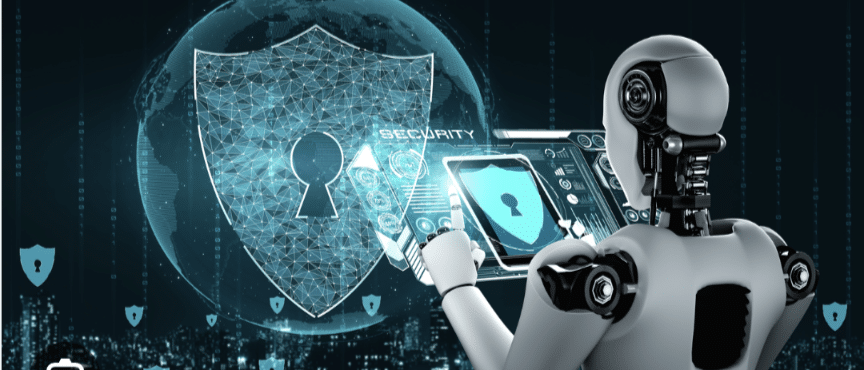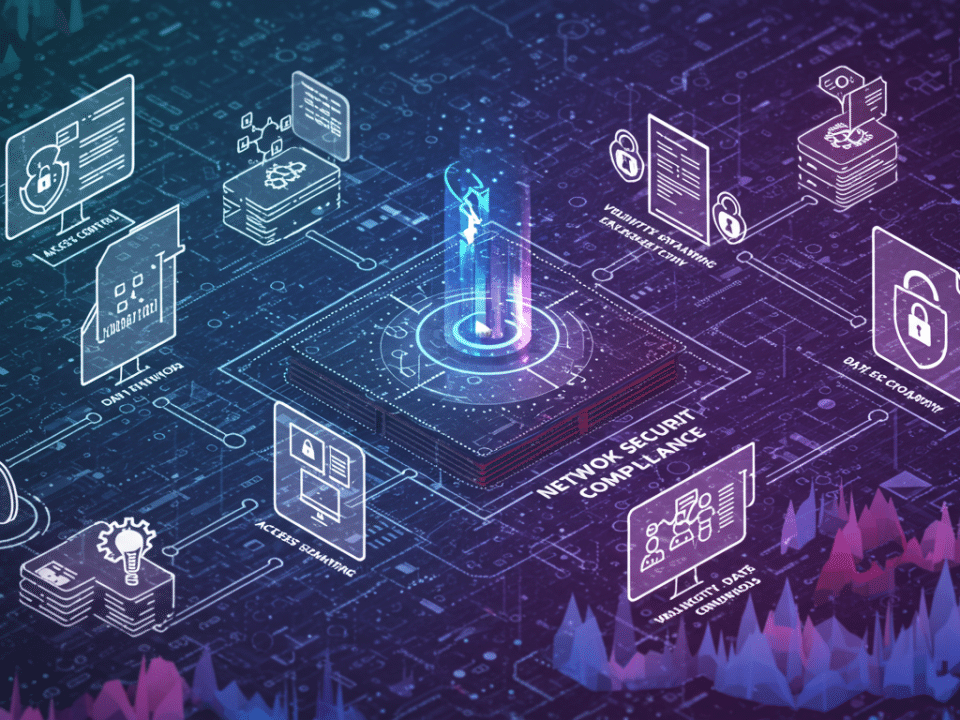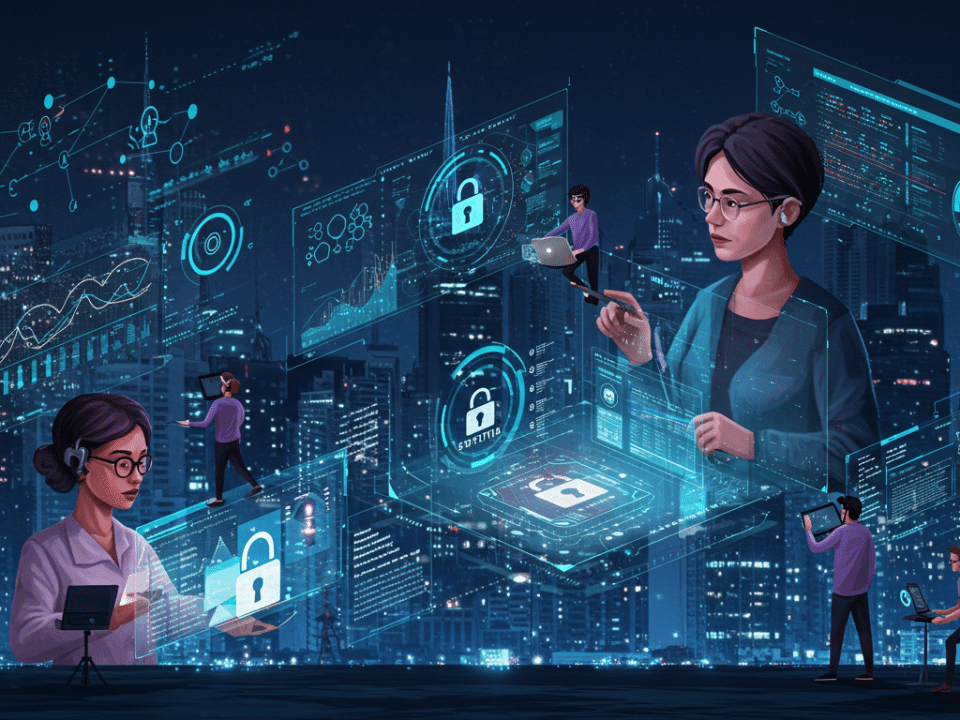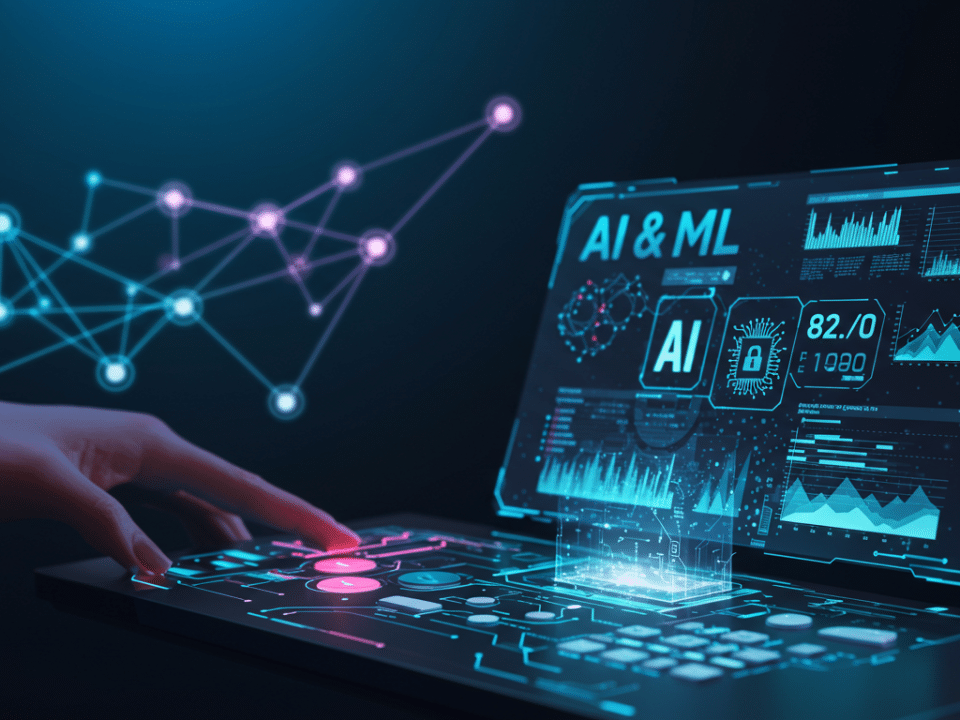
Cybersecurity risks posed by third-party vendors to SMBs
September 19, 2023
Weak passwords: A major cybersecurity risk for SMBs
September 21, 2023
Artificial intelligence (AI) is transforming the cybersecurity landscape. AI-powered tools and technologies are being used by both cybersecurity professionals and cybercriminals to develop new and more sophisticated methods of attack and defense.
How cybersecurity professionals are using AI
Cybersecurity professionals are using AI in a variety of ways, including:
– Detecting and responding to threats more quickly and accurately: AI can be used to analyze large amounts of data from a variety of sources, such as network traffic, security logs, and threat intelligence feeds, to identify patterns and anomalies that may indicate a security threat. This can help cybersecurity professionals to detect and respond to threats more quickly and accurately than they could without AI.
– Developing new security solutions: AI is being used to develop new security solutions, such as:
1. Malware detection and prevention systems: AI-powered malware detection and prevention systems can identify and block malware more effectively than traditional signature-based systems.
2. Intrusion detection systems: AI-powered intrusion detection systems can detect malicious activity on networks more effectively than traditional rule-based systems.
3. Security information and event management (SIEM) systems: AI-powered SIEM systems can collect and analyze security logs from a variety of sources to identify and investigate security incidents more effectively.
– Improving the effectiveness of existing security solutions: AI is also being used to improve the effectiveness of existing security solutions, such as firewalls, antivirus software, and intrusion prevention systems. For example, AI can be used to help these solutions to better understand the threats they are facing and to respond to them more effectively.
How cybercriminals are using AI
Cybercriminals are also using AI to develop new and more sophisticated methods of attack. For example, AI can be used to:
– Develop more sophisticated malware:
AI can be used to develop malware that is more difficult to detect and prevent. For example, AI can be used to create malware that can adapt its behavior to avoid detection by security software. AI can also be used to create malware that can target specific vulnerabilities in software and applications.
– Launch more targeted attacks:
AI can be used to launch more targeted attacks against individuals and organizations. For example, AI can be used to identify vulnerabilities in specific systems and applications. AI can also be used to develop phishing attacks that are more likely to fool users.
– Automate cyberattacks:
AI can be used to automate cyberattacks, making them more difficult to detect and stop. For example, AI can be used to automate the process of scanning for vulnerabilities, exploiting vulnerabilities, and launching attacks.
The future of AI in cybersecurity
AI is playing an increasingly important role in cybersecurity, and this trend is likely to continue in the future. Both cybersecurity professionals and cybercriminals are investing heavily in AI research and development.
It is important for organizations to be aware of the risks posed by AI-powered cyberattacks and to take steps to mitigate these risks. This includes:
– Implementing strong security policies and procedures:
Organizations should have strong security policies and procedures in place to help protect their systems and data from cyberattacks. These policies and procedures should be regularly reviewed and updated to ensure that they are effective against the latest threats.
– Using AI-powered security solutions:
Organizations should consider using AI-powered security solutions to help detect and prevent cyberattacks. AI-powered security solutions can be more effective than traditional security solutions at detecting and blocking new and emerging threats.
– Educating employees about cybersecurity:
Employees should be educated about cybersecurity best practices and how to identify and avoid cyberattacks. This education should be ongoing and should cover the latest threats and attack vectors.
By taking these steps, organizations can improve their overall security posture and reduce the risk of being targeted by AI-powered cyberattacks.
Additional thoughts
The rise of AI in cybersecurity is a complex issue with both positive and negative implications. It is important to be aware of both the risks and the benefits of AI in order to make informed decisions about how to use AI to improve your organization’s security posture.
On the one hand, AI can help cybersecurity professionals to detect and respond to threats more quickly and accurately. AI can also be used to develop new security solutions and improve the effectiveness of existing solutions. This can help organizations to better protect themselves from cyberattacks.
On the other hand, cybercriminals are also using AI to develop new and more sophisticated methods of attack. AI-powered cyberattacks can be more difficult to detect and stop than traditional cyberattacks. This poses a significant risk to organizations.
It is important to note that AI is a tool, and like any tool, it can be used for good or evil. It is up to us to decide how we will use AI in cybersecurity. By working together, cybersecurity professionals and organizations can use AI to create a more secure future
#cybersecurity #AI #cybercrime




